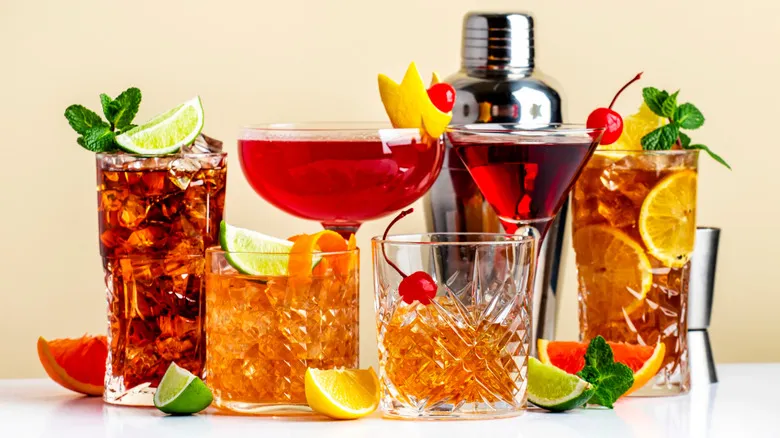What are bitters?

Bitters are flavor enhancers utilized in cocktails like Old Fashioneds, and true to their name, they add a distinct bitter taste to any mixture. While bitters can be infused with flavors such as orange, cocoa, and various other ingredients, their primary characteristic remains bitterness. Typically, they are alcohol-based, although you can also find alcohol-free versions made with glycerin. Originally developed as a medicinal remedy, bitters have evolved into the cocktail equivalent of herbs and spices.
Alcoholic bitters can have a very high alcohol content, reaching up to 45% ABV (alcohol by volume). Both types—alcoholic and non-alcoholic—possess robust, concentrated flavors, which is why they are measured in drops or dashes, typically less than 1/4 teaspoon. While some cocktails may require larger amounts, they are the exception rather than the rule.
Most commercially available bitters are made from closely guarded recipes that are not publicly disclosed. However, a common ingredient found in many bitters is gentian (Gentiana spp.), a flowering plant known for its long history in traditional medicine. Gentiana lutea is the most prevalent variety used in beverages.
How are bitters made?
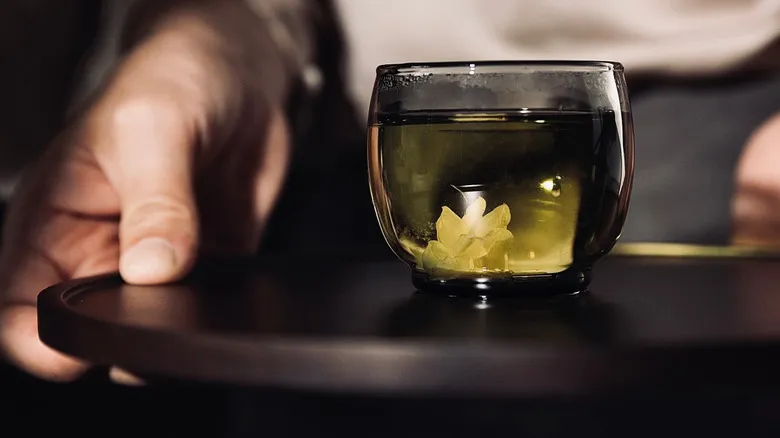
As previously noted, commercial bitters often rely on secret formulations. However, the basic process for creating them is quite straightforward: herbs and any additional flavors you wish to incorporate are infused in an alcohol or glycerin base (referred to as solvents in the world of bitters) for several days, followed by a combination of straining and simmering. If this sounds reminiscent of how vanilla extract and other baking extracts are produced, you're absolutely right. Essentially, bitters serve as a flavoring agent that is added in small quantities, similar to vanilla or almond extract. The primary distinction is that bitters are utilized in cocktails and savory dishes rather than in baked goods and desserts.
Both alcoholic and non-alcoholic bitters contain a bitter component (known as the bittering agent, which can include gentian, wormwood, cinchona bark, or other bitter substances) along with milder, though not necessarily sweeter, ingredients. These can range from the previously mentioned orange or cocoa to jasmine flowers, cinnamon, or vanilla.
What do bitters taste like?
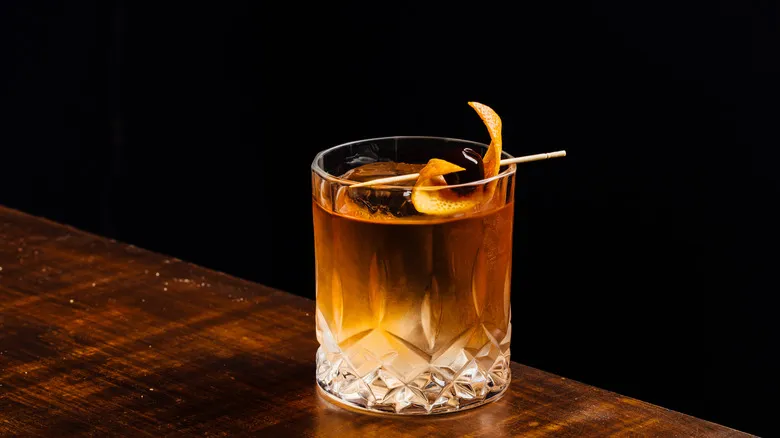
As the name implies, when you experience bitters, you will encounter a distinct bitterness. However, the unique flavorings in a particular bitter recipe, combined with the specific beverage to which you add the bitters, significantly shape the taste of the final concoction. While the bitter note remains, the overall flavor profile should be much smoother and more balanced.
Bitters are crafted and selected with the idea of harmony in mind. The goal isn't to make your drink overwhelmingly bitter; rather, it's to create a balance between sweeter spirits and bittering components while enriching the drink with a variety of flavors, ranging from simple to intricate. Certain bittering agents pair better with specific types of alcohol. For instance, orange bitters are often used with tequila, while chocolate bitters complement brandy more effectively. With such a wide array of flavors available, if you find one type of bitters unappealing, there are plenty of others to explore. You might discover bitters with flavors reminiscent of baked goods or those infused with floral notes straight from a garden.
How do you use bitters?

When it comes to incorporating bitters into beverages as a flavor enhancer, simply add the number of drops specified in the recipe. Many bitters brands come with dropper or dasher tops, allowing you to precisely control the amount you pour into your drink.
More broadly, use bitters to modify a drink's flavor and enhance its complexity. For instance, have you ever added something to cola to elevate its taste, like pure vanilla extract for a vanilla cola or maraschino cherry juice for a cherry-flavored version? Or perhaps you've requested a flavored syrup in your coffee from a barista? You can apply the same principle with bitters. If you typically enjoy vodka on its own, perhaps with just ice, try adding some bitters to enrich its flavor profile.
Are bitters medicinal?
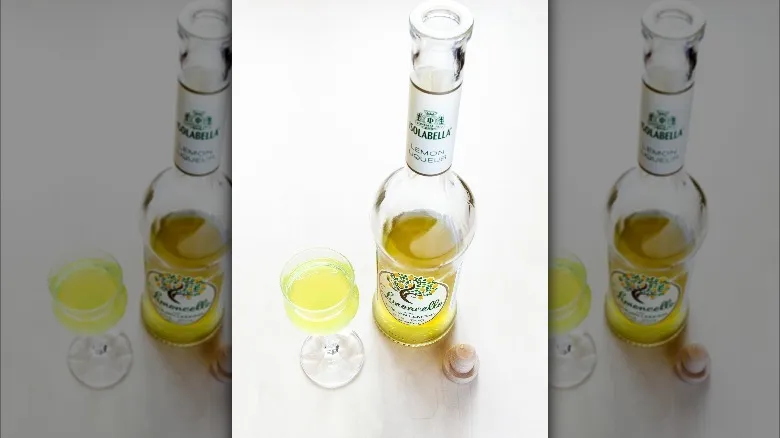
Numerous bitters are utilized for flavor enhancement, but their origins lie in digestive remedies. The bitter herbs incorporated into these mixtures often possess their own therapeutic properties; for instance, gentian is frequently explored as a herbal remedy for high blood pressure and various ailments. Unfortunately, the evidence backing gentian's effectiveness for these issues is not particularly robust, yet the belief that bitter foods can benefit health is a longstanding one. Bitter foods and substances have a rich history of medicinal application, particularly in Traditional Chinese Medicine. Additionally, bitter-tasting foods like bitter melon and dandelion greens offer health advantages beyond mere nutrition. For instance, bitter melon may assist in regulating blood glucose levels, while dandelion greens may provide liver protection.
It's worth noting that bitters still serve a medicinal purpose. While some are solely for flavoring, digestive bitters are specifically designed to aid digestion. Certain digestive bitters are featured in special beverages enjoyed before and after meals, known as aperitifs and digestifs, respectively.
When, where, and why were bitters created?

Bitters have served as a medicinal remedy for centuries, with the first official patent for aromatic bitters granted in 1712. Initially intended to alleviate stomach issues, some physicians also used bitters for alternative purposes, such as easing hangover discomfort. Typically, bitters were mixed into beverages, and over time, their use shifted from medicinal to a flavor-enhancing ingredient in drinks. By 1806, bitters had become a recognized component of cocktails.
Despite their evolution from a medicinal product to a flavoring agent for drinks, bitters continued to be a popular treatment for digestive problems. Angostura Bitters, one of the most famous varieties, was developed in 1824 specifically for medicinal purposes. It was created by a German army surgeon stationed in Angostura, Venezuela, who sought a remedy for soldiers suffering from stomach ailments.
Alcoholic vs. alcohol-free bitters
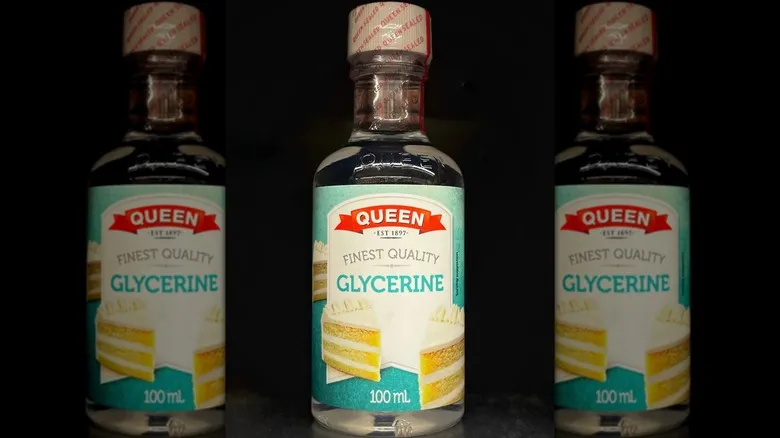
The solvent commonly found in bitters recipes is typically a neutral alcohol. However, there are non-alcoholic bitters that utilize glycerin as an alternative solvent. Some non-alcoholic bitters may contain low-proof alcohol, so if you wish to avoid all alcohol, it's important to verify the solvent used in a non-alcoholic product before opening it.
You shouldn't notice any significant difference in taste between bitters made with alcohol and those made with glycerin. The alcohol used in most bitters is intended to be neutral, meaning it doesn't impart any strong flavor that could overshadow the bittering agents or other ingredients. Similarly, glycerin is also expected to have minimal flavor. Therefore, in both types of bitters, the primary flavors you should experience are those of the bittering agents and additional components like cocoa, cinnamon, and others.
Since bitters are typically used in small drops, is it really a concern if your non-alcoholic bitters contain a trace amount of alcohol? Yes, it is a concern. For individuals who must avoid alcohol for religious or medical reasons, even a small amount of low-proof alcohol in those bitters could pose a risk.
Can you make bitters yourself?

You can definitely create your own bitters at home. While recipes for commercial bitters like Angostura are closely guarded secrets, many online and in cocktail cookbooks offer various recipes that may not be authentic but can still be enjoyable. First, you'll need to select your solvent and decide if you want to make bitters with or without alcohol. If you opt for alcohol-free bitters, you can choose a base like glycerin or a homemade caramel syrup.
Be prepared to invest a significant amount of time, as the process, while not overly complex, involves steeping, changing, and straining, which can take many hours. For instance, Swedish bitters require about three weeks just for the infusion stage. The method may vary depending on your chosen base; for example, if you use glycerin, you might need to prepare the botanicals by toasting or using sous vide before steeping. Additionally, it's important to review the herbs included in bitters recipes, as some may have side effects or interact with medications you are taking. For instance, tonka beans, which are sometimes used, can affect medications like warfarin.
Where can you buy bitters?

Bitters can be found from various manufacturers and at alcohol retail stores. While specialty shops may carry bitters in physical locations, a broader selection is accessible online. Although most bitters contain alcohol, age restrictions on sales do not seem to apply, as they are classified as food extracts rather than alcoholic beverages in the U.S.
Many major retailers offer bitters through their websites, so you can visit your preferred retailer's site for options. Amazon, for instance, features a wide array of bitters, including popular brands like Fee Brothers West Indian Orange Cocktail Bitters.
If you're uncertain about which type of bitters to choose, you can also purchase sets that include different flavors from various producers. For example, the Bitters Triple Play variety pack includes bottles of Angostura aromatic bitters, Peychaud's aromatic bitters, and Regans orange bitters. Additionally, you can find other variety packs that offer a mix of flavors and brands, as well as alcohol-free options.
Nutritional information about bitters
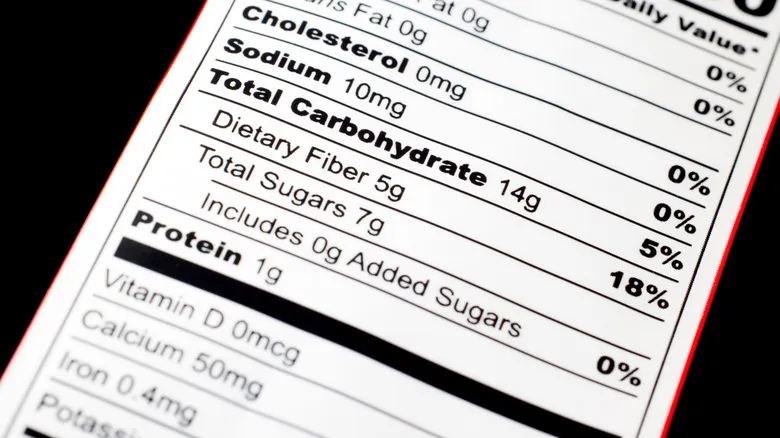
Bitters may not be calorie-free or completely lacking in nutrition, but the typical "serving" size is just a few drops. This minimal amount effectively nullifies any nutritional benefits, making bitters an excellent option for lower-calorie cocktails. The calories listed for various brands of bitters primarily come from the solvent used, while the botanical ingredients may offer some vitamins and minerals. However, these amounts are insignificant compared to what you actually consume in your drink.
This near absence of alcohol and calories inspired one of Julia Child's favorite cocktails. While she enjoyed her Upside-Down Martinis, she recognized that indulging in several at a gathering could negatively impact the diets of those mindful of their weight. Consequently, she devised the Angosoda, which consists of sparkling mineral water with a splash of Angostura bitters and a wedge of lime. Essentially, this is a soda with a hint of extract, striking a perfect balance between calorie-consciousness and the enjoyment of a cocktail.
Varieties of bitters

Bitters come in a wide range of varieties. Some are more recognizable by their brand names, while others are identified by their primary botanical or culinary components. Brands like Angostura and Peychaud's have become synonymous with their products; anyone familiar with bitters will immediately think of "Angostura," for instance.
Beyond brand names, bitters can be categorized by their flavor profiles. Aromatic bitters typically incorporate spices and bark (such as cinnamon), citrus bitters feature ingredients like orange peel, and herbal bitters utilize culinary herbs for flavor. Chocolate bitters fall into the bean category, and there are also nut bitters that use flavors from nuts like pecans. Additionally, you can find fruity bitters and even celery bitters. It's also important to mention aperitifs and digestifs; while they aren't bitters themselves, they contain bitters and are designed to stimulate appetite and aid digestion, aligning with the original medicinal purpose of bitters.
Another category of bitters is the potable bitter, or bitter liqueur, commonly referred to as "amaro." These Italian bitters are often enjoyed on their own, mixed with soda, or incorporated into cocktails (for example, Aperol, known for the popular Aperol Spritz, is a type of amaro, as is Campari, which you might have had with soda). It's worth noting that these are not classified as food extracts and are treated as alcoholic beverages when purchased.
How to store bitters

The question of whether to refrigerate bitters after opening is a topic of discussion. It largely depends on the type of solvent used; for instance, alcohol-free bitters that contain glycerin should be stored in the refrigerator once opened. Additionally, any bitters brands that specifically advise refrigeration after opening should be kept in the fridge.
When it comes to bitters that contain alcohol, opinions vary. These bitters typically have a high alcohol content, which means they don’t necessarily require refrigeration after being opened—unless the manufacturer recommends otherwise. However, not refrigerating them can lead to a gradual decrease in quality over time. While even refrigerated bitters will eventually spoil, keeping them cold can help slow this process and preserve their flavor by minimizing oxidation. If you choose to store your bitters outside the fridge, make sure to keep them in a cool, dry location away from direct sunlight.
Recommended

Batching Your Cocktails Will Help You Be The Host With The Most At Your Next Party

Expert-Approved Tips For Mixing Alcohol With Apple Cider
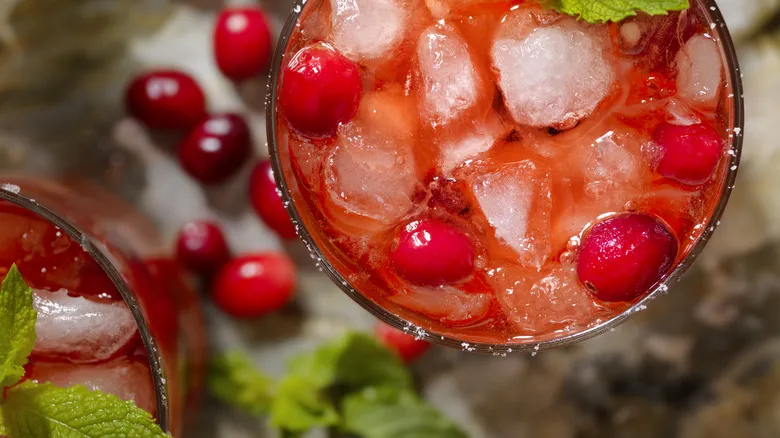
What's The Difference Between A Sea Breeze And A Bay Breeze Cocktail?
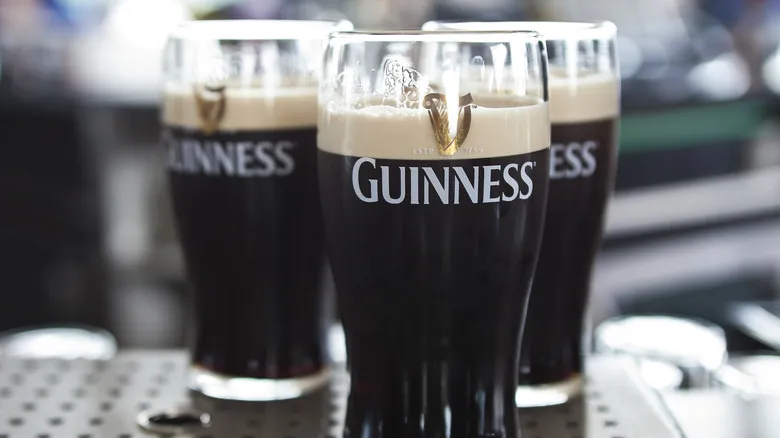
The Perfect Cocktail To Make With Guinness Draught
Next up

